Cellular, Developmental, & Integrative Biology
The Division of Cellular, Developmental, and Integrative Biology comprises a faculty with varied research interests employing a broad range of approaches to study organisms across plant and animal taxa. Experimental approaches include biochemistry, molecular biology, molecular genetics, electrophysiology, live cell imaging, morphometrics, light, and electron microscopy.
Faculty are conducting research in the following areas:
- Endocrine systems at the molecular, cellular, and systems level
- Organelle function, cellular differentiation and signaling
- Comparative functional morphology and biomechanics
- Comparative and environmental physiology
- Neurobiology at the molecular, cellular, system, and behavioral levels
PRINTABLE CDIB FACULTY LIST (LOGIN IS REQUIRED)
| Faculty Photo | Faculty Name | Research Interests |
|---|---|---|
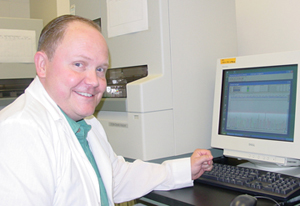 |
Mark Batzer | Comparative Genomics, Genome Biology and Evolution, Transposable Element Biology, Computational Biology |
 |
Adam Bohnert | The Bohnert lab is broadly interested in how the autophagy-lysosome system governs health and disease. We are studying several types of autophagy (including aggrephagy, mitophagy, pexophagy, and ER-phagy) with the goal of understanding how lysosome function and plasticity ultimately control animal physiology, aging, and rejuvenation. We are also attempting to clarify how organelle activity is altered in animal disease models, and whether natural products can be harnessed to improve cellular function during aging. |
 |
Chen Chen | The main goal of my laboratory is to understand how S. aureus seamlessly transitions between infection and colonization. Although S. aureus colonization (30% of humans) is strongly associated with higher risks for clinical infections, most colonized individuals will not experience S. aureus infections, suggesting that S. aureus maintains a dedicated balance with the host. |
 |
SeYeon Chung | The Chung lab studies tubular organ development using the Drosophila system. We use a combination of genetics, advanced microscopy and computational image analysis to unravel the mechanisms underlying epithelial tube formation. The goal of our research is to comprehensively understand the conserved nature of epithelial morphogenesis. |
 |
Stephania Cormier | The occurrence of inflammatory respiratory diseases, such as asthma and COPD, have increased dramatically in the past decade. This rate of increase is more than can be accounted for by genetic drift alone and suggests a role for the environment. Many hypotheses attempt to explain this phenomenon by citing better hygiene, environmental pollution, viral respiratory tract infections, and loss of some protective effect found in a rural lifestyle as culprits in disease initiation and exacerbation. |
 |
Patrick J. DiMario | Study of proteins involved with ribosome biogenesis and nucleolar structure. Posttranslational phosphorylation or methylation of individual nucleolin peptide domains. |
 |
Juhee Haam | The Haam Lab seeks to understand the neural circuit basis of memory formation. Using a variety of optical and electrophysiological in vivo recording approaches, her lab aims to investigate neural circuits responsible for memory consolidation and how these circuits interact with the encoding pathways. Furthermore, the Haam lab investigates how the consolidation circuits are altered in disrupted metabolism and cognitive dysfunction. |
 |
Fernando Galvez | Research activities in the Galvez laboratory are focused on studies characterizing the environmental toxicology and comparative and integrative physiology of fish. One part of my research program investigates the complex relationship between water chemistry, water pollution, and organismal health. Within this branch of research, I am studying: 1) the physiological and genomic responses of vertebrates to crude oil and its chemical derivatives, and 2) the influence of biotic and abiotic factors on metal bioavailability and toxicity in fish. The other part of my research program is focused on the functional characterization of homeostatic mechanisms that allow animals to survive exposure to diverse aquatic environments. Current projects here are studying: (3) the comparative physiology of osmotic stress tolerance, and (4) the comparative physiology of multi-stressor interactions, especially the influence of hypoxia, salinity, and acidification. |
 |
Evanna L. Gleason | The Gleason lab investigates the synaptic physiology of a class of retinal interneurons called amacrine cells. We use a combination of electrophysiology, live cell imaging and molecular methods to unravel the complexities of amacrine cell synapses. The ultimate goal of our research is to understand how amacrine cell synaptic function is modified by signaling molecules known to be generated in the retina. |
 |
Steven C. Hand | The Hand lab investigates (1) mechanisms of tolerance to severe desiccation in animals, especially the roles of Late Embryogenesis Abundant (LEA) proteins and protective solutes in preserving dry biological structures, (2) mitochondrial bioenergetics to identify the origins of deep metabolic arrest seen in dormant states like diapause, and (3) the translational applications of emerging insights to improve preservation of human cells for biomedical purposes. We employ molecular, biochemical and physiological approaches to address these issues in crustaceans, insects, fish and mammals. Our overarching goal is to unravel physiological and biochemical mechanisms by which animals survive in extreme environments. |
 |
Craig Hart | Proper gene regulation is essential to development and health. Research in my lab is focused on understanding molecular mechanisms through which chromatin dynamics and nuclear organization contribute to gene regulation. We study chromatin domain insulators and insulator binding proteins in Drosophila melanogaster, using a combination of genetics, molecular cell biology, biochemistry and genomics. |
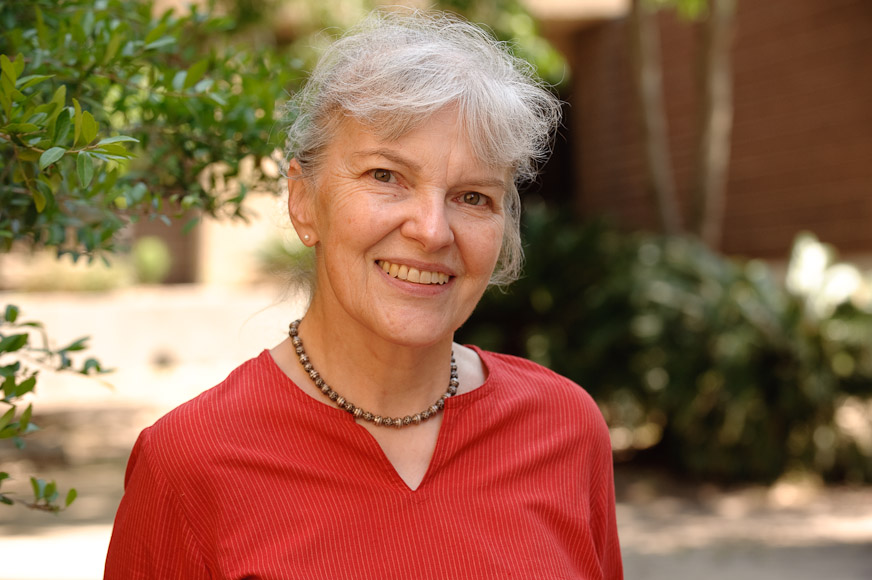 |
Dominique Homberger | My research program is firmly rooted in comparative anatomy as an experimental science that creates natural experiments to answer specific functional and evolutionary questions. At a basic level, it seeks to understand how complex systems can evolve further while remaining functional at all stages. My overarching working hypothesis posits that seemingly large changes during macroevolutionary processes are actually the result of relatively small changes that fundamentally affect an organism’s construction and, thus, its functioning. My research group is working on a variety of vertebrate model species from lampreys to sharks, and from alligators, birds, and mammals to human beings. |
 |
Alyssa Johnson | My lab is exploring links between the genetic and molecular causes of age-related degenerative diseases, such as ALS, Alzheimer’s and Parkinson’s disease. A common hallmark of almost all degenerative diseases is the progressive accumulation of protein aggregates. Autophagy-lysosome mediated degradation is the major pathway that clears aggregates from the cytoplasm and autophagy defects are associated with many degenerative diseases. Using CRISPR gene editing techniques, we are introducing disease-causing mutations into the endogenous fruit fly genome and using a combination of genetic, biochemical and microscopy methods to study how the autophagy-lysosome pathway is affected in various cell types (e.g. neurons, glia and muscles) and how these molecular defects drive progressive degenerative phenotypes in the whole organism. |
 |
Naohiro Kato |
We study how cells respond to their environments using microalgae and plants, applying genetic, biochemical, and mathematical approaches. Beyond fundamental research, We are committed to sustainability and biomedical innovation, working to establish a microalgae-based industry in Louisiana. Our goal is to cultivate and harvest microalgae in salt-intruded rice fields to produce medicinal compounds for asthma treatment. Additionally, I repurpose the leftover biomass to create biodegradable Mardi Gras beads, offering an eco-friendly alternative to plastic. Through this work, we aim to bridge scientific discovery with real-world problems and solutions that benefit both human health and the environment. |
 |
Roger A. Laine | Our laboratory conducts research in a variety of areas including Glycobiology, the broad area concerning structure and function of complex carbohydrates. We also conduct research on microbial diagnostics and insect repellants and toxicants, including screening, activity, analytics and synthesis. We have had an extensive and ongoing project in research on the Formosan termite, including repellants, attractants, and work on the small molecular weight and protein components and function of the defense gland fluid. Analytical techniques used extensively in the lab are mass spectroscopy, NMR, fluorescence microscopy, HPLC, GLC, gel electrophoresis of DNA and proteins with several blot techniques. Our main raison d’etre driving the research is finding practical applications for the research projects that can lead to patents and dissemination of results not only by publication but also by commercialization of research products useful for humanity. |
 |
John C. Larkin | The Larkin lab studies the control of cell division and its integration into development and differentiation using the plant model Arabidopsis thaliana. We use a combination of genetics and molecular genetics in conjunction with microscopy and biochemistry to understand the function of the SIAMESE-RELATED (SMR) family of plant cyclin-dependent kinase inhibitors, which were discovered in our lab. The goal of our research is to understand how SMRs specifically inhibit the G2 phase of the cell cycle, and how they act to integrate cell division with cell differentiation, organ development and responses to biotic and abiotic stresses. |
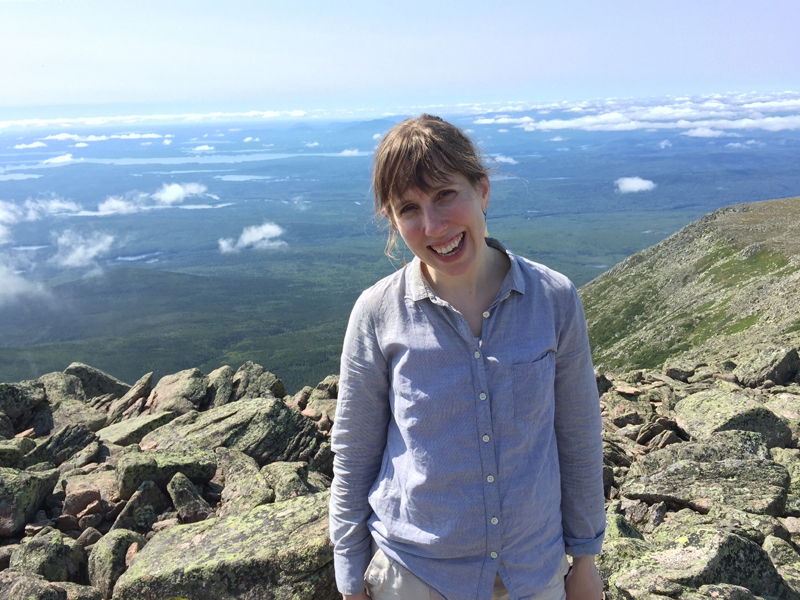 |
Christine Lattin | The focus of my research is to understand how different neurotransmitters and hormones help animals successfully choose mates, raise young, escape from predators, and survive harsh winters and other challenging conditions. The hormone and neurotransmitter pathways I study are very similar in all vertebrate animals, from fish to birds to mammals, so sparrow research can help us understand how these systems work in humans and other animals. One of the major areas of my research is the stress response. While stress helps animals and humans survive and cope with challenges, too much stress is bad and causes health problems. Yet we still don’t have a clear understanding of how and why stress switches from being helpful to harmful, or why some individuals, or some species, are relatively resilient to the negative effects of stress while others are more vulnerable. To address these questions, my research uses a combination of lab and field studies, and techniques from hormone sampling to brain imaging |
 |
Rui Lu | The primary goal of my research is to better understand virus-host interaction mediated by RNA silencing. Currently we are using Caenorhabditis elegans as an animal model to study the function and mechanism of C. elegans genes involved in antiviral RNA silencing and to gain insight into the mechanisms whereby viruses evade worm antiviral RNA silencing. We are also interested in addressing the question whether RNA silencing also contributes to antiviral immunity in mammals, including humans. |
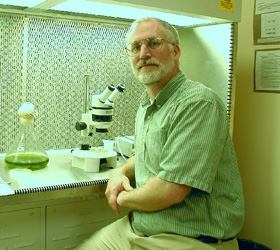 |
James Moroney | My research area is plant molecular biology, particularly on how CO2 is acquired by plants and algae for photosynthesis. Specifically, we study the CO2 concentrating mechanism of Chlamydomonas reinhardtii to determine why this alga is so much better than terrestrial C3 plants in obtaining CO2 from the environment. In conjunction with an international group of researchers, we are working to introduce some components of the algal CO2 concentrating mechanism into C3 plants to see if we can improve photosynthesis and yield in crop plants. |
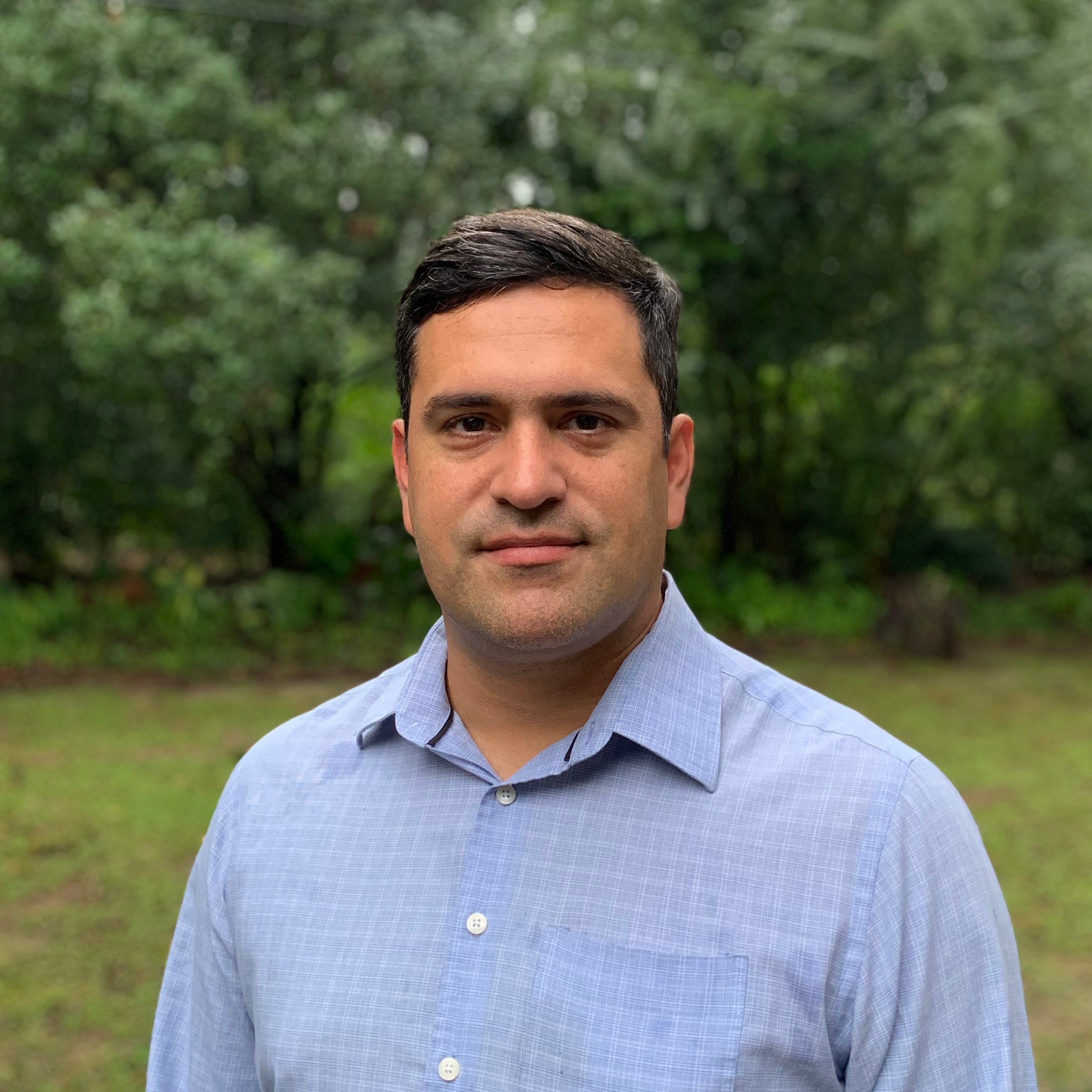 |
Igor Schneider | My research leverages the diversity of animal life to understand how regeneration evolves. In recent years, we have been developing the West African lungfish and the Senegal bichir as research systems to study fin and tail/spinal cord regeneration. Our main goal is to identify the genetic and gene regulatory mechanisms of regeneration and study how regenerative abilities are gained, maintained or lost in vertebrates. |
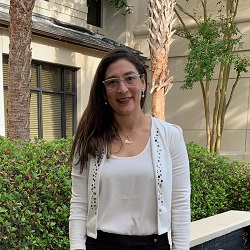 |
Patricia Schneider | The development of the vertebrate eye is a complex process orchestrated by several conserved transcriptional and signaling regulators. Aside from partial or complete loss, only a few examples of exceptional modifications to this intricate organ have been reported. My research interest is to understand the mechanisms and evolutionary forces driving morphological changes in the visual system, combining morphology and genomic/transcriptomic approaches. In the long-term, my research program aims to shed light into the evolutionary adaptations of the visual system and improve our understanding of the gene regulatory networks behind these changes. Currently, my primary research interest is to study evolutionary innovations of the visual system, using the four-eyed fish Anableps anableps as a research species. With a partially duplicated eye, simultaneous aerial and aquatic vision, and a single optic nerve, Anableps consists in a unique model to study the developmental and genetic bases of evolutionary novelty. Our next step is aimed at expanding on our recent findings and establishing Anableps as a research system to uncover the molecular mechanisms controlling the specialization of retina photoreceptors and the molecular changes leading to the partial eye duplication. See more at: https://faculty.lsu.edu/pschneider |
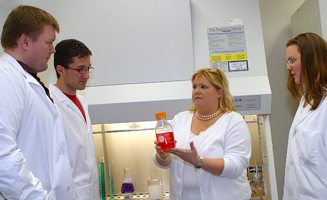 |
Jacqueline Stephens | Research in the Stephens laboratory is focused on adipocyte biology. Adipocytes, or fat cells, are highly insulin sensitive and have endocrine properties in addition to their ability to store lipid. Disruption of fat cell function leads to systemic insulin resistance and type 2 diabetes. Our employs biochemical, molecular and genetic tools to study the pathogenesis of insulin resistance and Type 2 diabetes. |
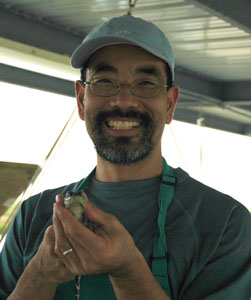 |
Ryoichi Teruyama | Our research is focused on understanding how neuroendocrine neurons in the brain adapt to the constantly changing physiological demands for the hormone. We utilize an integrative, multidisciplinary approach combining molecular, genetic, anatomical, electrophysiological, optical imaging techniques to detect changes in intrinsic membrane properties of neuroendocrine neurons. The major current projects in our lab are to investigate: 1) properties of Epithelial Sodium Ion channels in vasopressin neurons; 2) functional significance of sexually dimorphic oxytocin receptor expressing neurons; and 3) neuroanatomy of alligator brain. |
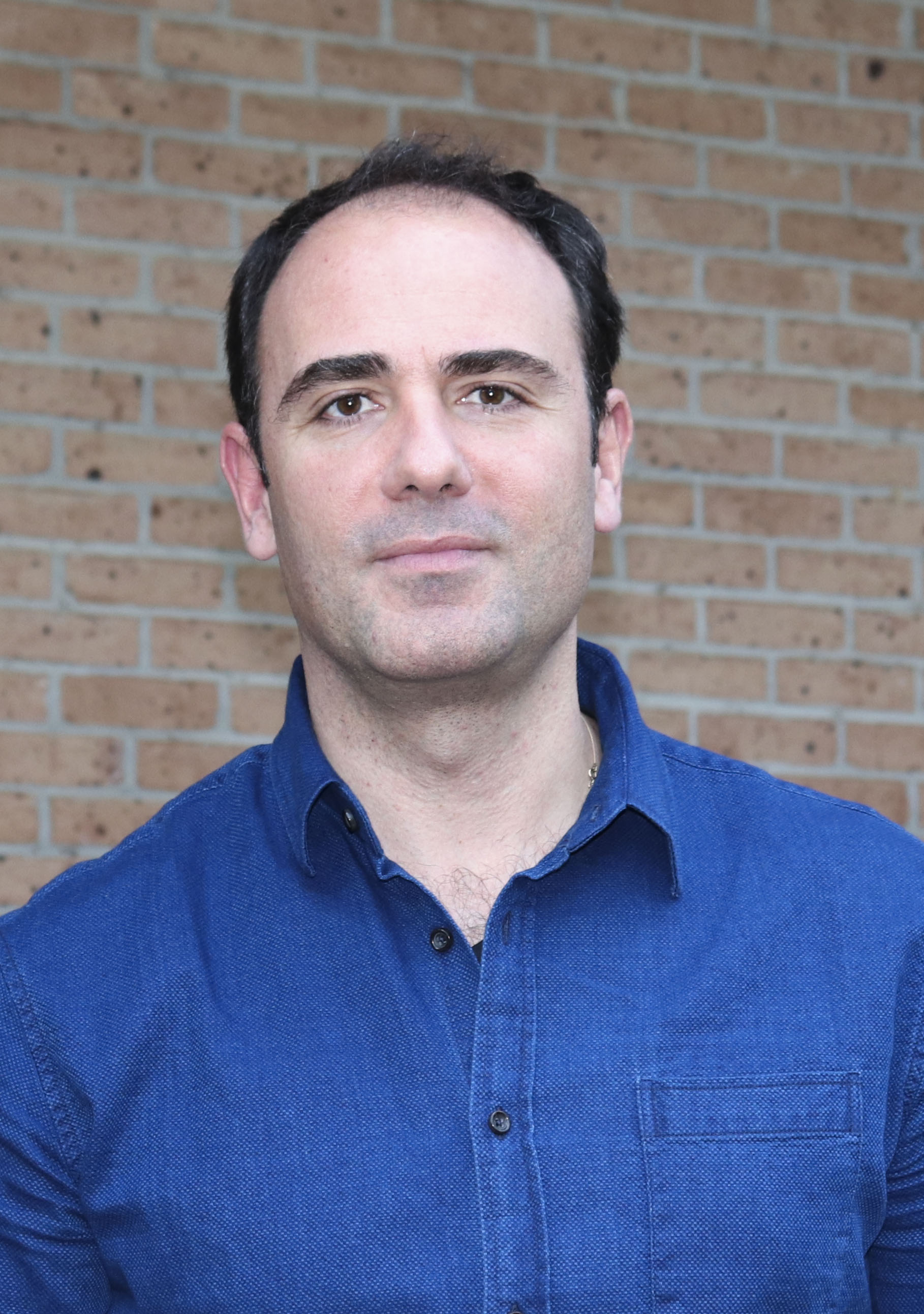 |
Anastasios Vourekas | The transition of Biology into the -omics era generated immense expectations for the cure of human diseases. We now realize that knowing the primary structure of a genome can be compared to knowing the grammar of a language. To generate therapies, we also need to know the syntax (from Greek συντάσσειν, to arrange together): the rules and principles by which genomic information instructs the assembly and the function of the molecular machines that make up the cells. |
 |
Fan Zhang | Systems biology of host-microbiome interactions |
Adjunct Faculty
- Vance Albaugh
- Abigail Bockus
- Christopher Green
- Heike Muenzberg-Gruening